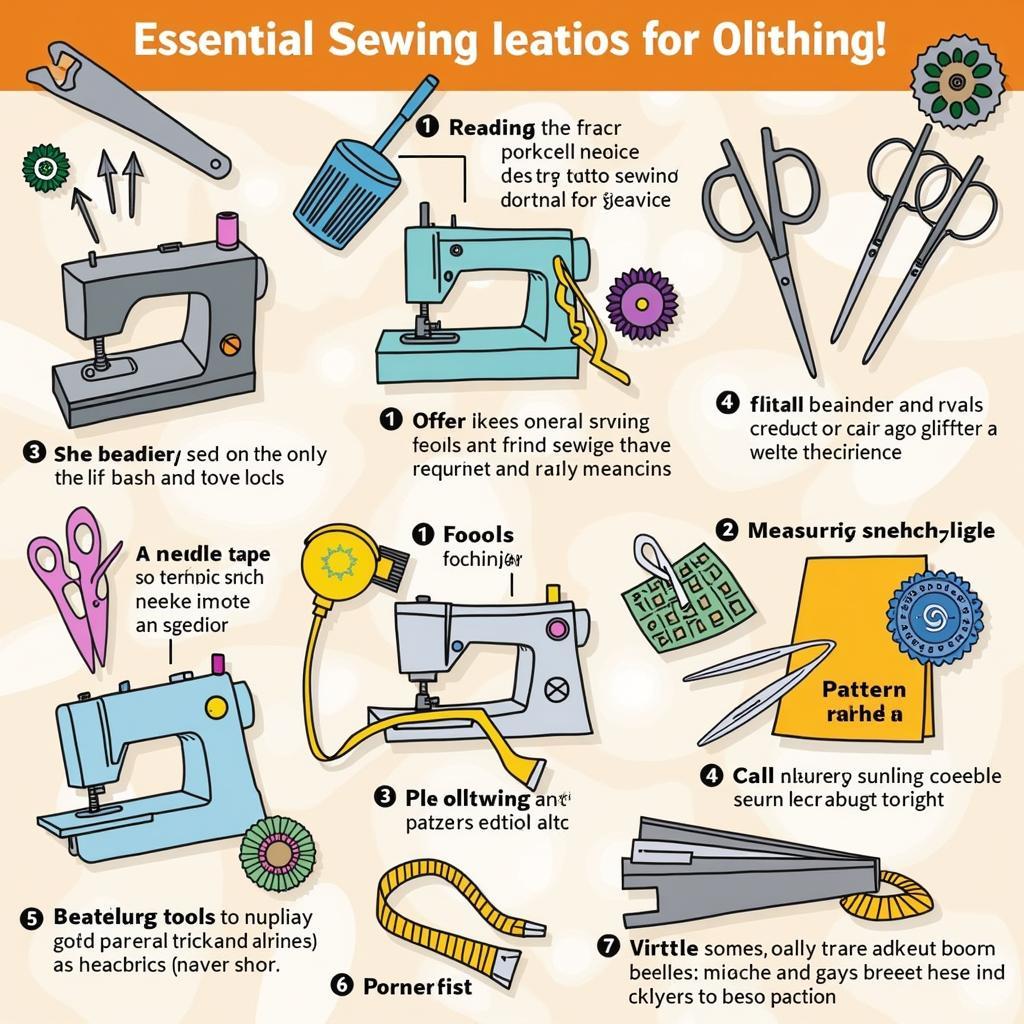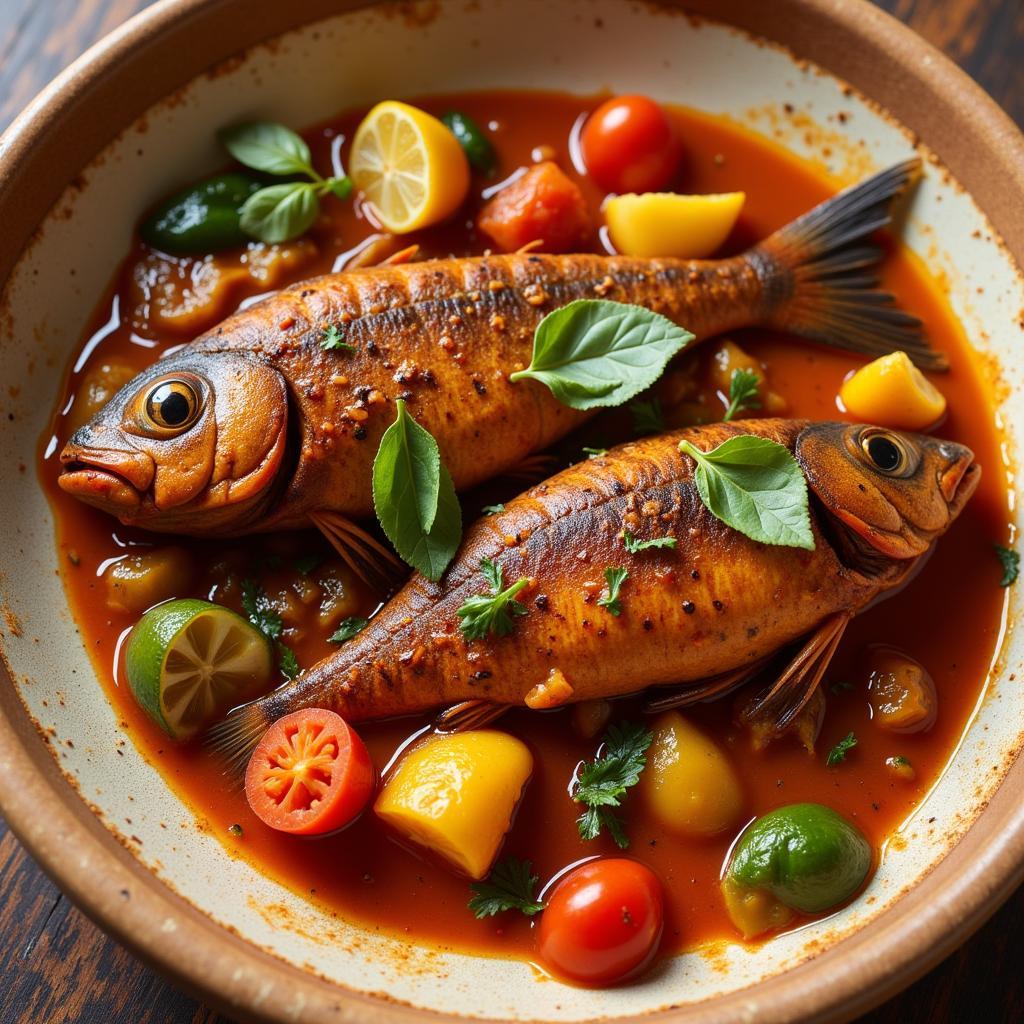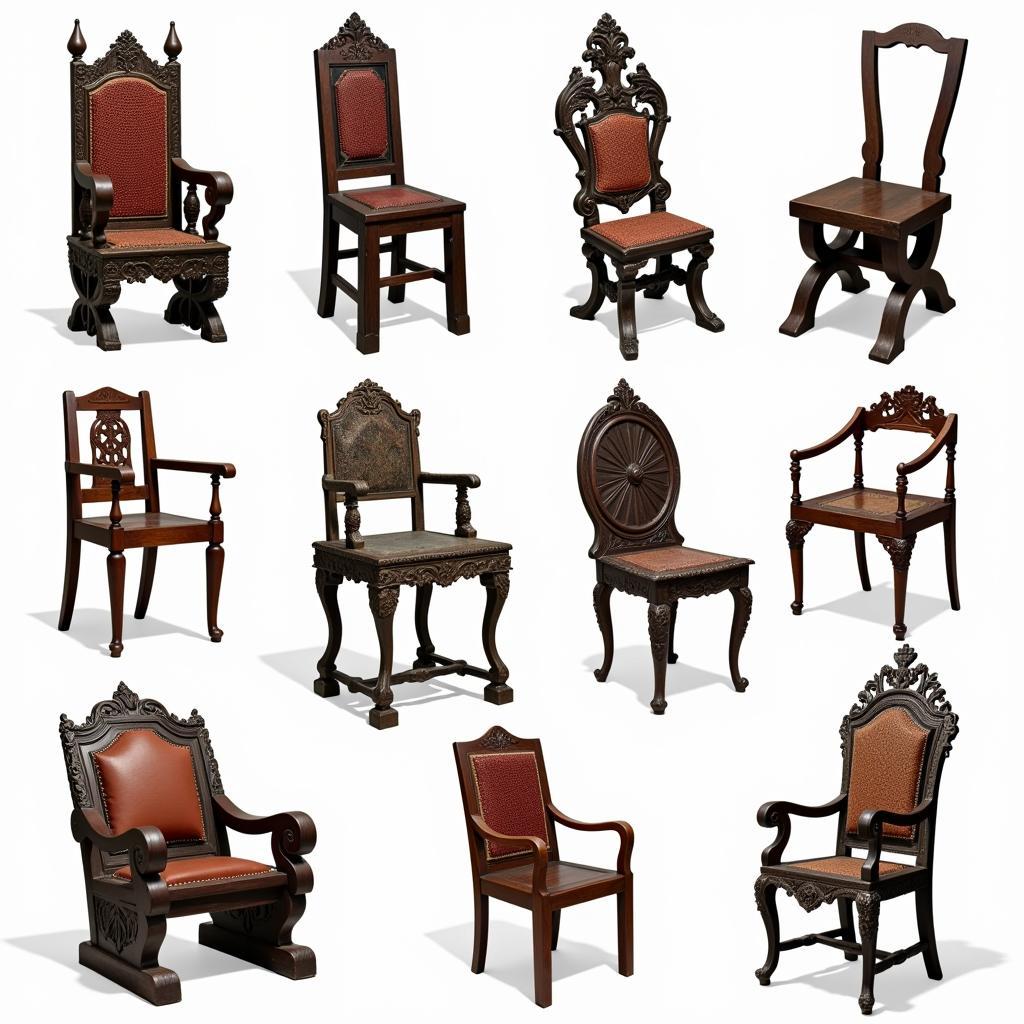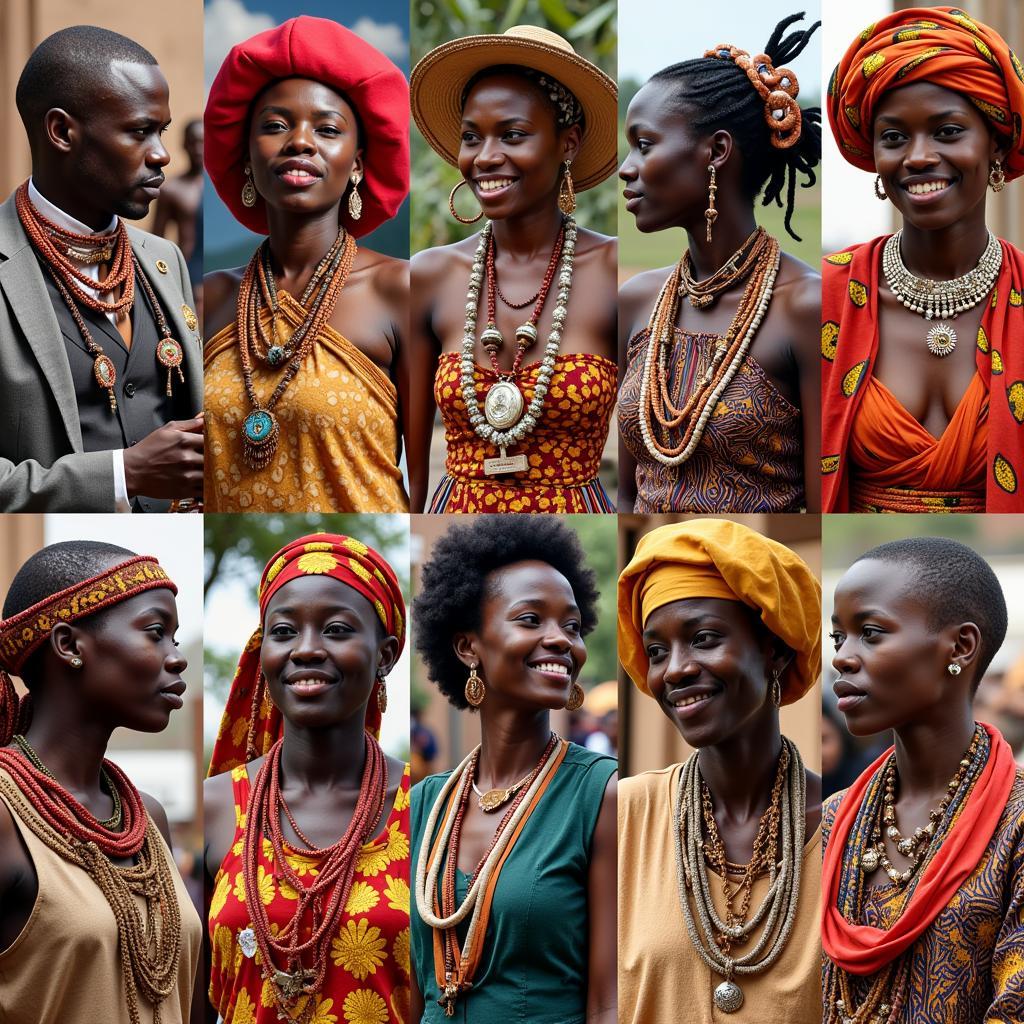Unveiling the Art of African Clothing Patterns Sewing
African Clothing Patterns Sewing is a vibrant tapestry of tradition, creativity, and cultural expression. From the intricate kente cloth of Ghana to the bold mud cloth patterns of Mali, African textiles tell stories of heritage, status, and belief. This article delves into the captivating world of African clothing patterns, exploring their rich history, diverse techniques, and the inspiring process of bringing these designs to life through sewing. We’ll discover how you too can participate in this vibrant art form, whether you’re a seasoned sewer or just beginning your creative journey. Find out more about African fabrics at this African fabric shop.
A Journey Through Time: The History of African Textile Design
African textile traditions stretch back centuries, with each region and ethnic group developing unique styles and techniques. These designs often incorporate symbolic motifs, reflecting spiritual beliefs, social hierarchies, and historical narratives. Indigo dyeing, for example, is prevalent in West Africa, producing deep blue hues that symbolize spirituality and protection. Similarly, the intricate geometric patterns of kente cloth signify royalty and prestige in Ghanaian culture. These historical influences continue to inspire contemporary African fashion, creating a dynamic blend of tradition and innovation.
Exploring the Diversity of African Clothing Patterns
From the vibrant Ankara prints to the earthy tones of mud cloth, African clothing patterns boast a remarkable diversity. Each pattern carries its own significance and aesthetic appeal. The bold, graphic designs of Ankara, often featuring large-scale floral or geometric motifs, are a popular choice for contemporary clothing. Mud cloth, with its intricate, hand-painted patterns, offers a more rustic and earthy aesthetic. Exploring these diverse patterns provides a glimpse into the rich cultural heritage of the African continent.
From Pattern to Garment: The Sewing Process
Transforming African clothing patterns into beautiful garments is a rewarding process. Whether you’re working with traditional techniques or modern sewing machines, the journey from fabric to finished product is filled with creative possibilities. Understanding the nuances of different fabrics, such as the drape of Ankara or the stiffness of kente cloth, is essential for achieving the desired silhouette and fit. Precision and attention to detail are key, especially when working with intricate patterns and embellishments.
What are the common tools used in African clothing pattern sewing?
Common tools include sewing machines, needles, scissors, measuring tape, and pattern paper. Specialized tools like embroidery needles and beading tools are also used for intricate designs.
Mastering the Art: Tips and Techniques for Sewing African Clothing Patterns
Sewing with African fabrics can present unique challenges and opportunities. The bold prints and vibrant colors require careful consideration when choosing thread and other materials. Understanding the drape and texture of different fabrics is also crucial for achieving the desired silhouette. For instance, the fluidity of silk requires different sewing techniques than the structured nature of kente cloth. You can find African fabric by the yard to start your projects.
 Essential Sewing Tools for African Clothing Patterns
Essential Sewing Tools for African Clothing Patterns
Where can I find free African clothing patterns?
Several online resources offer African clothing patterns free for download. These patterns can provide a starting point for your sewing projects, allowing you to explore different styles and designs. You can also find beautiful African george fabric online store
How can I incorporate African embroidery designs into my sewing projects?
Adding African embroidery designs border cotton bes can enhance the beauty and cultural significance of your garments. These designs often incorporate symbolic motifs and traditional stitching techniques, adding a touch of artistry and heritage to your creations.
“African textiles are not merely fabrics; they are narratives woven with threads of history, culture, and creativity,” says Anika Nkosi, a renowned textile artist from South Africa.
Embracing the Tradition: Preserving and Celebrating African Textile Heritage
The art of African clothing patterns sewing is not just about creating beautiful garments; it’s about preserving a rich cultural heritage. By learning these techniques and sharing them with others, we contribute to the ongoing story of African textile artistry.
“Sewing African patterns allows us to connect with our ancestors and carry their legacy forward,” adds Kwame Asante, a Ghanaian fashion designer known for his contemporary interpretations of traditional kente cloth.
 Showcase of Finished African Clothing
Showcase of Finished African Clothing
Conclusion
African clothing patterns sewing offers a vibrant journey into a world of creativity, culture, and tradition. From understanding the historical significance of different patterns to mastering the techniques of bringing them to life, this art form connects us to a rich heritage and empowers us to express our own unique style. By embracing the beauty and diversity of African textiles, we can continue to celebrate and preserve this vibrant art form for generations to come. Remember, African clothing patterns sewing isn’t just a craft; it’s a story waiting to be told.
FAQ
- What is the most popular African fabric? Ankara fabric, known for its vibrant prints, is widely popular.
- What is the significance of Kente cloth? Kente cloth represents royalty and prestige in Ghanaian culture.
- Where can I learn more about African textile history? Numerous books and online resources delve into the rich history of African textiles.
- What are some common African sewing techniques? Traditional techniques include hand-sewing, embroidery, and appliqué.
- How can I incorporate African patterns into modern clothing? African patterns can be incorporated into various garments, from dresses and skirts to jackets and accessories.
- What is Mud Cloth? Mud cloth is a hand-dyed fabric from Mali, featuring intricate geometric patterns.
- Where can I buy authentic African fabrics? Several online retailers and specialty stores offer authentic African fabrics.
Related Questions & Further Reading:
- How to choose the right African fabric for your project?
- Explore the different regional variations in African textile designs.
- Learn about the symbolism behind common African motifs.
When you need assistance, please contact us: Phone Number: +255768904061, Email: kaka.mag@gmail.com Or visit us at: Mbarali DC Mawindi, Kangaga, Tanzania. We have a 24/7 customer service team.


